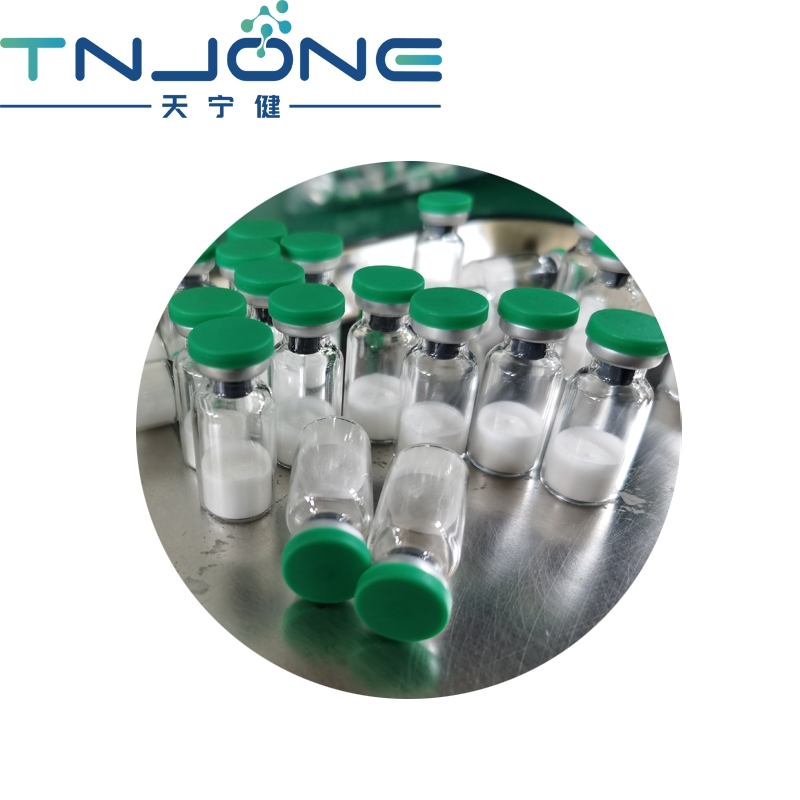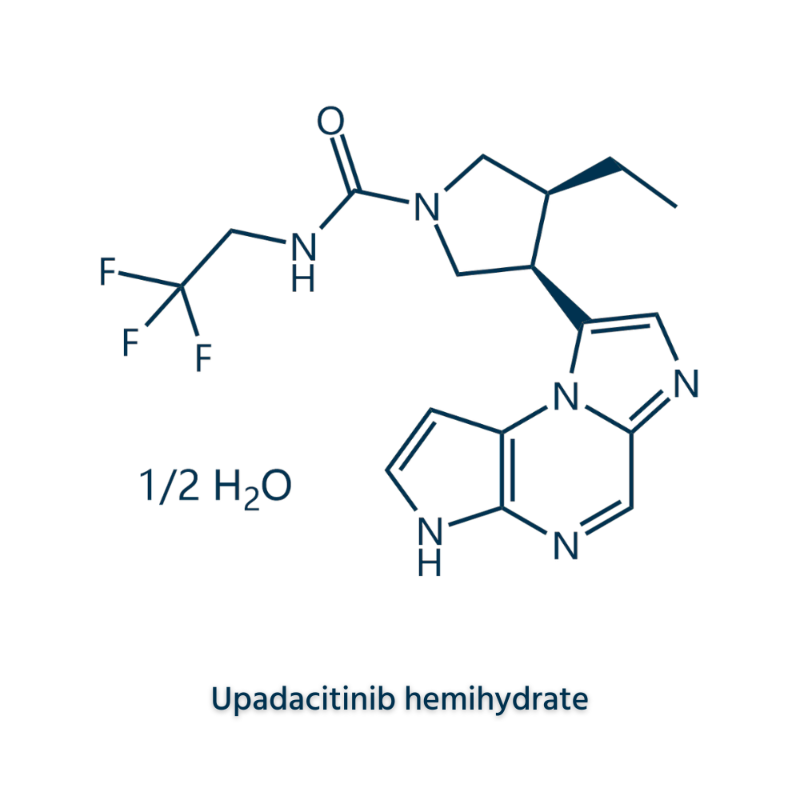-
Categories
-
Pharmaceutical Intermediates
-
Active Pharmaceutical Ingredients
-
Food Additives
- Industrial Coatings
- Agrochemicals
- Dyes and Pigments
- Surfactant
- Flavors and Fragrances
- Chemical Reagents
- Catalyst and Auxiliary
- Natural Products
- Inorganic Chemistry
-
Organic Chemistry
-
Biochemical Engineering
- Analytical Chemistry
-
Cosmetic Ingredient
- Water Treatment Chemical
-
Pharmaceutical Intermediates
Promotion
ECHEMI Mall
Wholesale
Weekly Price
Exhibition
News
-
Trade Service
Tumor immunotherapy has achieved some results in the treatment of many tumors, including gliomas.
Juxiang of Long March Hospital in Shanghai, China, reviewed the various immunotherapy therapies for glioma (Figure 1), new concepts, new technologies, and the prospects of immunotherapy in glioma treatment.
article was published in the February 2020 issue of Trend Pharmacol Sci.
1. Immunotherapy programme for malignant gliomas.
dexterity cells (DCs) of tumor-related antigens (TAAs)/tumor-specific antigens (TSAs) directly induce the activity of cytotoxic T lymphocytes (CTLs).
antibodies against inhibitory targets can alleviate the immunosuppressive state of CTL, including cytotoxic T lymphocyte-related antigen-4 (CTLA-4), programmed cell death protein 1 (PD-1) and its ligation (PD-L1).
inlay antigens (CAR)-T cells produces an artificial T-cells that have a high affinity with tumor-specific surface antigens.
genetically engineered lysomavirus mediates tumor cell lysis and subsequent immune responses by selectively targeting cancer cells.
TCR: T-cells.
results of the study Glioma immunotherapy strategies: Immuno-target inhibitors (ICBs): programmed cell death proteins (PD-1) and ligations (PD-L1), as well as cytotoxic T lymphocyte-related antigens 4 (CTLA-4) are the main effect factors that block the immune response in the inhibitory immune path path.
monoclonal antibodies (mAbs) for PD-1, PD-L1, and CTLA-4 enhance the anti-tumor response by activating cytotoxic T lymphocytes (CTLs).
of poor treatment may be complex and may first be related to the lack of biomarkers that guide individualized immune target blocking (ICB).
important predictor is tumor mutation load (TMB), which increases the number of new antigens and induces a strong anti-tumor response.
patients with glioblastoma (GBM) and defects in the repair of genotycular and double allied gene DNA had a better response to Navu monomatic resistance, supporting this hypothesis.
In addition, GBM is a tumor that causes less T-cell inflammatory reactions or T-cell depletion than external organ tumors, such as melanoma and breast cancer, and is less likely to respond to ICBs;
, high-dose corticosteroid therapy significantly interfered with the effect of immunotherapy in patients, and some patients had poor ICC treatment.
Peptide Vaccine: Anti-tumor immunization, including polypeptide and degenerative cell (DCs) vaccines, is designed to induce an immune response by enhancing the collection of antigen-specific T-cells to tumor sites.
polypeptide vaccines mostly use tumor-specific antigens (TSAs) as immunogenic targets.
loss of spontaneous antigens can lead to the growth and immune escape of glioma cells, which lack this single cousin, which can be overcome with a peptide vaccine.
Dexter cell vaccine: In vitro dexterous cells do not need to inject peptide antigen delivery cells (APC), but inject specific antigens or cell cleavages in vitro and then re-implant them into the patient to activate CTL more effectively and enhance the anti-tumor response.
Although the degenerate vaccine is superior to the peptide vaccine in terms of antigen selection, as a personalized anti-tumor vaccine, it takes a lot of time and cost, and how to optimize its effective use is challenging.
-inlay antigen-T cells: Identification of chimic antigen-specific (CAR) T-cell specificity does not depend on tumor cells exposed by major tissue compatible complexes (MHCs);
challenge of a CAR-based strategy is that a single molecular target may not be sufficient to maintain a highly heterogeneic tumor on a CAR-T cell cross-target.
antigen escape is the main immune mechanism of tumor, and modern immune suppression pressure in tumor microenvironment (TME) needs combination therapy or targeting multiple antigens.
lysovirus: lysovirus can inhibit the replication of cancer cells, or change their genes, infect or kill tumor cells, and then use the innate immune system to initiate an adaptive anti-tumor immune response.
this treatment strategy can break the tumor by the micro-environment, so that the brain tumor from cold to hot, causing a strong immune response.
can play a synergy with ICC, causing long-lasting therapeutic effects, in GBM treatment combined treatment has great potential.
concept of immunotherapy: glioma stem cells (GSC): which can lead to tumor recurrence and resistance therapy.
growing evidence that GSC directly regulates the immune system.
, targeting GSC has the potential to eradicate malignant tumors.
tumor micro-environment: the exogente composition and internal mechanism of tumor cells determine the immunosuppressive state of glioma micro-environment, which is one of the biggest obstacles to the effectiveness of immunotherapy.
Tumor-related glial cells and macrophages (TAMs), including a large number of immersive immune cells, promote immunosuppressive effects, promote glioma progression, secrete growth factors and angiogenesic factors, and immunosuppressive cytokines, enhance the apoptosis of T-cells.
tumor cells, TAM is highly stable in the micro-environment of gliomas, providing new opportunities for targeted therapy.
-embedded antigen-natural killer cells (CAR-NKs): Natural killer (NK) cells are short-lived congenetized immuno-effectors that kill targets without the need for a match of human white blood cell antigens (HLA) and express similar cell-coded subjects that interact with target cell liants to induce cytotoxicity.
dual-targeting CAR-NK cells can prolong the survival of patients, but no rapid immune escape occurs, suggesting the potential for access to immunotherapy.
addition, the primary separation, purification and transduction of NK cells is very difficult.
and kill: a variety of factors lead to malignant gliomas becoming cold tumors.
current treatment strategies focus on reducing immunosuppression in tumor environments and identifying tumor-specific antigens (TSAs) or tumor-related antigens (TAAs) to improve immunotherapy effectiveness.
, however, a new therapy for GS-9620, an agonist combined with tooll-like subject 7 (TLR7), and the new antibody PPT121 for the treatment of HIV-1 infections may provide a way to turn gliomas from cold to hot.
GS-9620 activates latent HIV-infected CD4-T cells, prompting them to accept the effects of PGT121 binding and immune-effect cells, and promoting antibody-mediated elimination of infected CD4-T cells.
activate glioma cells or raise the specific table, combined with enhanced immune activation, can induce an effective immune response on the tumor.
immunomodulation: photogenetics is a new technique widely used in the field of neuroscience in recent years to study the behavior of excitable cells with high space-time accuracy.
based on microbial visual proteins has been extended to the immune system to regulate lymphocyte transport, inflammatory small body activation, and degenerative cell maturation.
combination of photogenetics with anti-tumor immunotherapy is a promising treatment.
organs: organs are three-dimensional structures constructed from their own tissue stem cells.
they almost completely reproduce the heterogeneity of tumors and in-body TME, surpassing the established cell line capabilities.
, organoid technology has successfully provided a unique model platform for the occurrence and development of gliomas.
a gas-liquid interface (ALI) method is established, using endogenous and til genes to multiply patient-sourced tumor cells as tumor endottor cells, completely preserving the original tumor T-cell subject spectrum.
, ALI organs re-express Immune targets that rely on PD-1 and block PD-1-activated tumor antigen-specific TIL, causing tumor cytotoxicity.
this ALI-based approach enables the detection of individual feasibility of anti-PD-1 therapy and is essential for personalized PD-1 inhibited glioma treatment.
same time, co-culture of matching tumor cells and exolytic blood lymphocytes is a strategy for obtaining tumor-reactive T-cells.
T cells do not recognize self-healthy cytocytocytostic devices or tissues, but have a strong cytotoxic effect on tumor cells.
the production of tumor-specific T-cell products derived from exostemia provides a clinically feasible treatment for obtained T-cell metastasis.
technique can also be used to assess the sensitivity of tumor cells to T-cell-mediated killing and can be extended to analyze the efficacy of different points in the immunotherapy process.
biopsy: by sequencing circulating tumor DNA (ctDNA), obtaining liquid biopsy is a small and low-cost method to detect tumor genotype.
the molecular structure of gliomas using CSF ctDNA is more sensitive than detecting ctDNA from the blood.
more importantly, the genome structure of gliomas in cerebrospinal fluid, including extensive genetic changes, is very similar to that of tumor biopsies and can track the evolution of EGFR signaling pathfours.
Outlook The progress of immunotherapy is related to the inaccuracy of preclinical models to some extent, preclinical studies cannot consistently demonstrate drug responses that are therapeutically active in patients, and lack the strict characteristics of human gliomas.
urgent need for immunologic mouse models, genetically engineered mouse models, and animal models of heterogeneic transplanted gliomas from patients.
To implement the treatment recommendations of preclinical studies (Figure 2), it is also necessary to understand the parameters of glioma immune interaction to assess the immune status of individual tumors, explore drug resistance mechanisms at different stages of treatment and response, find drugs that can penetrate the blood-brain barrier, induce the normalization of blood vessels in tumors and the formation of highly expressed endodermic veins, and improve the sensitivity of immune cell transport and immunomodulation therapy.
identify key characteristics of glioma patients before treatment, stratin patients and predict treatment effectiveness.
recommends the design of immunotherapy, molecular targeted therapy, chemotherapy and other combination therapy strategies to achieve maximum treatment efficiency and alleviate the resistance of access to immunotherapy.
diagram 2. Blueprint for immunotherapy for malignant gliomas.
glioma stem cells imported into dexterous cells (DCs) to produce DC vaccine cleavage fresh sources of tumor tissue;
glioma stem cells can also induce patient-origin organ formation, glioma PDO and exosome blood lymphocytes in-body coculture can produce tumor-specific T-cell products.
the surface antigens of glioma cells specifically with natural killer cells with chime antigens, without causing serious adverse reactions.
drugs induce small glial cells and macrophages (TAM) associated with primary nucleocyte M2-like tumors up to anti-tumor M1-like TAM ideotype differentiation and increase potassium excretation of cytototoxic T lymphocytes to help reduce immunosuppression in the tumor microenvironment and enhance anti-tumor activity of immunotherapy.
T-cells, such as CAR-T cells, designed using the degeneration factors and photoactivated proteins, can be collected through specific wavelengths of light stimulation and collected at the tumor site, effectively controlling the progression of gliomas.
biopsy of circulating tumor DNA sequencing in cerebrospinal fluid through lumbar puncture is a method of detecting and monitoring genomic changes and helping to design personalized immunotherapy solutions.
led: microscale light-emitting diodes.
: The intellectual property rights of the content published by the Brain Medical Exchange's Outside Information, God's Information and Brain Medicine Consulting are owned by the Brain Medical Exchange and the organizers, original authors and other relevant rights persons.
, editing, copying, cutting, recording, etc. without permission.
be licensed for use, the source must also be indicated.
welcome to forward and share.
.







